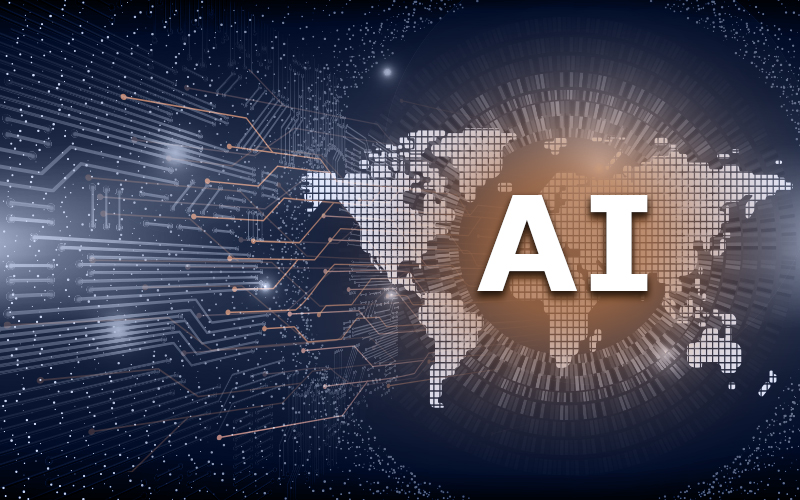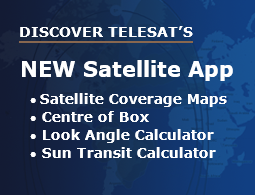Artificial intelligence (AI) and machine learning (ML) have transformed the lives of millions of people around the globe. Most people interact with AI every day with little understanding of the complexity behind the service provided. When we use facial recognition to unlock our mobile phone or speak with a voice assistant we are using AI.
There are two categories of AI, narrow and general. Narrow AI is collection of technologies that rely on algorithms and programmatic responses to simulate intelligence, usually with a focus on performing a specific task. General AI also focuses on solving specific tasks, such as optimization, recommendation or prediction systems, but is designed to learn and adapt so it makes better decisions tomorrow than today. ML is a subset of AI that includes supervised, unsupervised, reinforcement and deep learning through trial and error, receiving feedback from data analysis.
Until quite recently developing predictive algorithms to power AI was prohibitively expensive. Organizations needed to provision large clusters of servers, implement data lakes and hire data scientists. A big reason AI has become so common is competition among the big cloud service providers (CSPs).
First, the three largest CSPs – Google, AWS and Microsoft Azure- all developed AI/ML algorithm APIs, which businesses customers could connect to and offer services like voice transcription and translation. This is why such services are now widely available across the web.
More recently the cloud giants have introduced cloud-native AI/ML. Organizations can create their own algorithm by bringing data pertaining to a mission challenge and the solution algorithm is then developed and validated. Cloud-native AI/ML powered algorithms allow hypotheses to be validated and solutions to be designed much faster than in the past.
Unfortunately, none of this innovation could be used in space – until now.
Enterprise-class LEO Changes the Equation
Historically, the kind of Big Data analytics and processing that AI/ML depends on wasn’t possible in space due to the challenge of latency. Geosynchronous Earth Orbit (GEO) satellites orbit at 36,000 kilometers above Earth, creating an unavoidable latency challenge. They also have not had the processing speeds to analyze data in space – that process takes place after the data has been downloaded. More modern GEO satellites do have stronger on board processors, but that does not solve the latency issue which is required for real time AI/ML enabled applications.
Enterprise-class low earth orbit (LEO) constellations change this equation and usher in a new era of AI/ML in space. LEO satellites operate at a far lower altitude than GEO, between 500 – 1,300 kilometers above Earth. The lower earth orbit brings satellite latency down to what is typically seen in terrestrial networks. A modern LEO satellite also has powerful on board processing. This low latency as well as powerful onboard processors are the game-changers for AI/ML in space, since ML-powered algorithms need large amounts of data to crunch and learn from in real time, constantly refining network management and providing the ability for things like routing, and configuration flexibility for multiple applications.
In fact, managing a LEO constellation introduces complexities that require the use of AI/ML and automation. The increased number of satellites and the speed at which they orbit the Earth make manual decision-making insufficient for effective network management. The data analysis and research that goes into mitigating rain attenuation (interference) is another example.
Space congestion is another challenge that demands algorithmic prediction. Multiple LEO constellations are being built and LEO is getting increasingly crowded. With GEO constellations avoiding other satellites and space debris can be managed manually. This is impossible with LEO. At Telesat we’ve developed a collision avoidance algorithm that makes use of real-time positioning data.
AI/ML is needed to make new, advanced applications available for end users. Telesurgery is one such emerging application. Telesurgery has the potential to overcome the inaccessibility of care due to geographic distances, but obviously requires the most reliable, low latency, enterprise class broadband connectivity. The COVID-19 pandemic put a spotlight on such health equity issues, and enterprise-class LEO platforms can help address them.
LEO platforms can revolutionize telesurgery in many ways. In some cases, important yet tedious components of the procedure can be performed by robots, such as suturing. Increasingly robots are being used for minimally invasive procedures, whether autonomously or directed by a remote surgeon. And there are certain procedures in which a machine might actually be safer than a human hand, for instance in delicate neurosurgical maneuvers like disc surgeries. The ability to bring such care to remote and underdeveloped areas via LEO connectivity will vastly improve health equity.
Agriculture is another application set to make a huge leap forward due to space-based ML capabilities. For years access to GPS has allowed farmers to practice precision agriculture, decreasing costs and increasing yields. Since the early 2000s John Deere has used its own network for guiding autonomous tractors using software-refined GPS data, the StarFire Network. GPS receivers in the tractor cabs allow them to drive themselves, precisely place seeds, and develop exact geospatial maps.
One of their new solutions is called See and Spray. The solution uses cameras that analyze crops as the tractor moves across the land, constantly building a data library of the crops under cultivation. Using BigData analysis, the system separates weeds from crop and directs the sprayer to only apply to the weeds. Less pesticide is used, less fuel is wasted and crop yields are increased.
With enterprise-class LEO, AI/ML will firmly establish itself in space constellations. The advent of multiple LEO platforms will transform the kind of services and solutions delivered from space, beginning with being digital onramps for millions of people currently underserved by terrestrial broadband. LEO technology extends the potential of earth-bound networks and creates the potential for new, powerful hybrid networks.
The giant CSPs “democratized” AI/ML on Earth. Enterprise-class LEO has done the same in space, enabling ubiquitous access to solutions that address global challenges.




